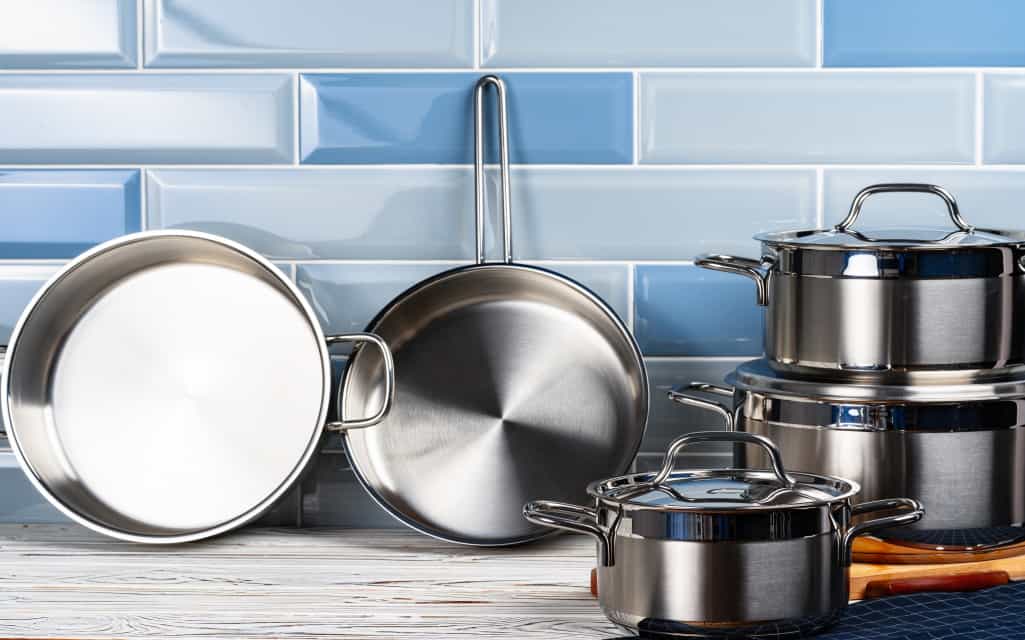There are more cookware brands today than ever before and this has made it difficult for most people to choose the best cookware material. In 2017, the Kitchen Cookware market was worth $2.1 billion worldwide and was estimated to reach $4.6 billion by 2024.
However, despite the wide range of pots and pans with varying materials, you can still make the right choice. There are certain things to look out for to help you make the right decision, some of which are explained below:
1. Consider What You Cook
The kind of meals you cook often would determine the cookware set that works best for you. For example, if you make braised meats and stews often, you would need a dutch oven. A stockpot would work best for soups and nonstick pans for the best pancakes and eggs recipes. So, before you decide on what to buy, know the meals you make frequently and the cookware set that would suit them.
2. Check the Material
The material used to design your cookware sets goes a long way, as it could determine the durability. When considering the material, both the outer and inner parts should be reviewed.
For the inner surface, you should consider getting a set with either Teflon (PTFE) or Ceramic. Teflon is commonly found in nonstick pots and pans and if taken proper care of, could last a long time while still maintaining its non-stick properties. Ceramic, on the other hand, is more eco-friendly and can be recycled, which would make a great option for people looking to contribute to a sustainable environment.
For the outer surface, consider the material it is made of, whether it is copper, anodized aluminum, cast iron, stainless steel, or non-stick. The most expensive option is copper but it requires extra care and is also known to react to acidic food. The aluminum material is responsive to heat and compared to the cast iron, it doesn’t get rusty if not properly maintained. The stainless steel material with an inner layer of copper or aluminum is still the most preferred option and it is also long-lasting. Nonstick can also make a great option and if taken care of properly, they would last a long time.
Read More: 5 Benefits of Cooking on Nonstick Cookware
3. Consider the Handles
To make the most of your cookware sets, get pots and pans with well-constructed heat-proof handles that are made of plastics or wood. You could also opt for metal handles with removable plastic or rubber handles if you’d like to have all options.
Conclusion
Your choice of cookware depends on you and a huge factor to consider is your budget. In most cases, the best cookware sets are the most expensive. Start by assigning a budget and work with that while choosing. The goal is to work with a reasonable budget while still not making poor decisions. While drawing your budget, consider how much often you’ll have to cook and how long you wish to own these pots and pans.



